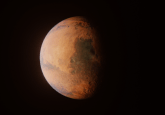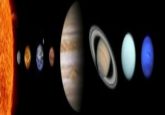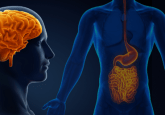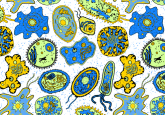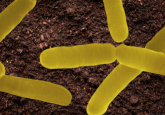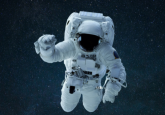Shedding light on spaceflight stowaways
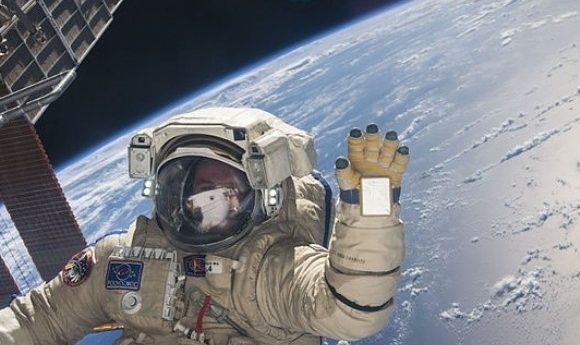
The bacteria and fungi found on surfaces inside the International Space Station have been catalogued. Monitoring these microbes in space will help NASA develop safety measures for long-term space travel, and future space living.
Indoor microbes on Earth have been shown to have an impact on human health. Spaceflight results in altered immunity and, given astronauts have limited access to medicines and space trip duration is expected to increase, it is important to understand the microbial communities that might develop from stowaways in life support systems, cargo and the crew. Furthermore, the potential impacts of the environment on microbes in space, how they develop in the closed environment of a spacecraft and their potential impact on human health need to be understood.
The research, led by Kasthuri Venkateswaran (California Institute of Technology, Biotechnology and Planetary Protection Group, CA, USA), saw samples taken at eight locations during three flight missions spanning 14 months. The locations included the viewing window, toilet, exercise platform, dining table and sleeping quarters. The samples were analyzed on Earth using traditional culture techniques, amplicon sequencing and qPCR.
“Whether these opportunistic bacteria could cause disease in astronauts on the ISS is unknown,”
While fungal communities were stable, microbial communities changed over time but not over location. They were mostly human-associated and included opportunistic pathogens such as Staphylococcus aureus – commonly found on the skin and in the nasal passage – and Enterobacter – associated with the GI tract. The most prominent were Staphylococcus, Pantoea and Bacillus. This closely resembles the pattern seen in many other areas of human occupation such as gyms and offices.
“Whether these opportunistic bacteria could cause disease in astronauts on the ISS is unknown,” noted Aleksandra Checinska Sielaff (California Institute of Technology, Biotechnology and Planetary Protection Group), co-first author of the research. “This would depend on a number of factors, including the health status of each individual and how these organisms function while in the space environment. Regardless, the detection of possible disease-causing organisms highlights the importance of further studies to examine how these ISS microbes function in space.”
The microorganisms also have the potential to impact the spacecraft itself. “Some of the microorganisms we identified on the ISS have also been implicated in microbial-induced corrosion on Earth,” explained co-first author Camilla Urbaniak (California Institute of Technology, Biotechnology and Planetary Protection Group). “In addition to understanding the possible impact of microbial and fungal organisms on astronaut health, understanding their potential impact on spacecraft will be important to maintain structural stability of the crew vehicle during long-term space missions when routine indoor maintenance cannot be as easily performed.”
“Our study provides the first comprehensive catalogue of the bacteria and fungi found on surfaces in closed space systems and can be used to help improve safety measures that meet NASA requirements for deep space human habitation,” explained Venkateswaran. “The results can also have significant impact on our understanding of other confined built environments on the Earth such as clean rooms used in the pharmaceutical and medical industries.”
